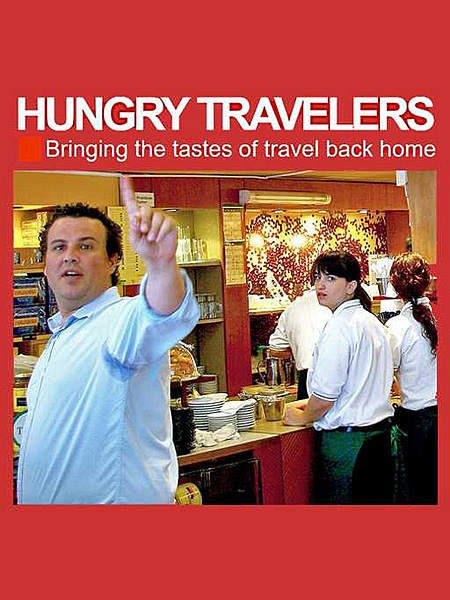Cayman peppers come to Cambridge
Back in February I mentioned that our hankering for some of the flavors of the Cayman Islands had led me to introduce the amazing Cayman sweet pepper to the cooler climes of eastern Massachusetts, where I grow at Zone 6. (See Finding seeds for the taste of Cayman.) I started seed from Cayman and Florida sources on March 5 and transplanted seedlings to my community garden on May 5. Other than having richer (and more acidic) soil than they were used to, the plants did just fine. The honeybees loved them. But it quickly became obvious that even with a heavy yield of a dozen or more peppers per plant, the crop would be too small to squander on experiments making Cayman pepper jelly. I...Read More
